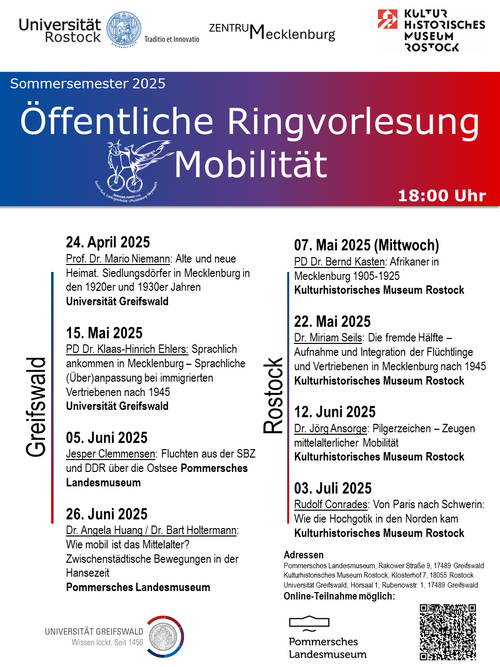Under this heading, a medieval cultural transfer will be presented - a case of complex but entirely peaceful mobility. Specifically, it is about transfer actions from the second half of the 13th century, about their actors and their intentions, about a gift of relics and - in connection with this - about some significant architectural forms that were transferred directly from Paris to Schwerin. There they were used in a new cathedral building, whereby they were adapted to the local needs and conditions (brick as a building material). These now Schwerin building forms became the model for large buildings that today significantly characterise the image of Brick Gothic, such as the cathedrals of Schwerin and Lübeck, the Doberan monastery church and some dominant city parish churches in Lübeck, Rostock, Stralsund, Wismar, Riga and Malmö.
Archive finds from Schwerin and the inclusion of Western European sources formed the basis for the book ‘Der Schweriner Dom und König Ludwig IX. von Frankreich. On the transfer of High Gothic to the Baltic region’. From this, some geographically wide-ranging political, pious-historical and architectural networks will be discussed, which formed the prerequisites for the Paris-Schwerin transfer in question.
Time: Thursday, 03.07.25, 18:00 h
Place: Rostock Museum of Cultural History (Admission is free!)
Zoom: uni-rostock-de.zoom-x.de/j/63076449055
Speaker: Rudolf Conrades
The rest of the programme of the lecture series can be found on the website of the Zentrum Mecklenburg:

